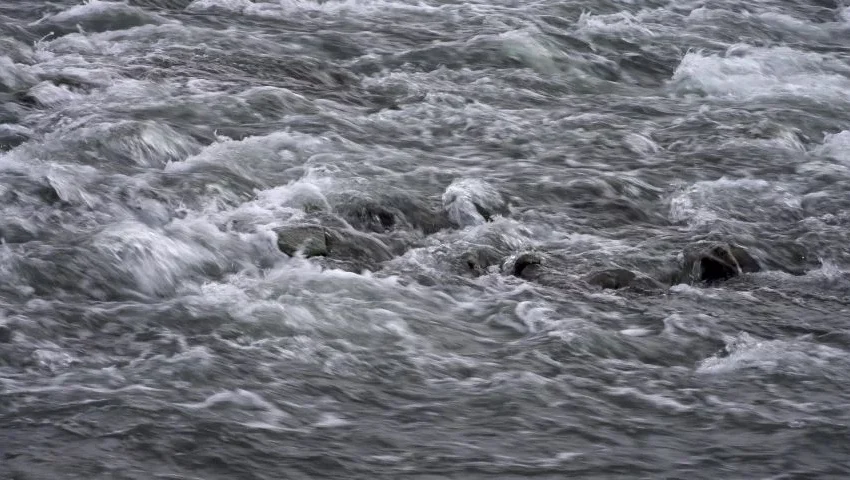
In his analysis of learning in a whitewater environment, Peter Vaill moves beyond expressive learning when he introduces the notion of “action learning.” This form of learning is particularly relevant to our confrontation of chaos and to the concept of Polystasis. In offering a description of action learning, Vaill (1996, p. 70) turns to insights offered by R. W. Revans regarding this form of polystatic learning.
“A pioneer in this point of view is Revans, with his process of action learning. . . . In the United States, action learning means taking action in an organization, learning from the results and incorporating that learning into further action. (This process is also often called action research.) Revans’s idea of action learning is quite different.”
Revans and Vaill particularly emphasize the collaborative nature of this form of learning (differentiating it from “action research” which can be engaged in a more isolated setting) (Vaill, 1996, pp. 70-71):
“[The goal of action learning] is to create learning teams of working managers to work on real organizational problems and to structure the experience in such a way that both useful solutions to these problems emerge and substantial learning occurs for participants, learning that goes beyond the technical details of the particular problem.”
It is in the midst of this action learning process that we see the emergence of Argyris and Schön’s second-order engagement. The learning “goes beyond the technical details of the particular problem.” New insights often emerge regarding how the learning takes place when addressing the chaos. New ways of addressing the chaotic challenge are employed and lessons are learned regarding the relative effectiveness of these new strategies as they might be used when facing other (inevitable) chaotic challenges in the near future.
Vaill and Revans, believe that all of this very important and difficult learning is most likely to succeed in an interpersonal setting where both support and diversity of perspectives are present alongside the polystatic processes of review, adjustment and action (Vaill, 1996, p. 71).
“Interpersonal relationship learning occurs through group meetings as participants learn from each other and from those they must consult, historical learning occurs from seeing the problem through time, strategic learning occurs through seeing the problem in relation to broader organizational objectives and processes, and paradigmatic learning occurs through challenging underlying assumptions. In the process, traditional ways of doing things move from being sacred to being problematic; and in general, the whole matrix of policies and practices and ideas within which the problem resides become the objectives of group interaction and mutual learning.”
For Vaill, this form of learning (unlike action research) thrives in what William James calls “knowledge of acquaintance” (Vaill, 1996, p. 67). Learning in the midst of chaos is neither abstract nor objectively distant. It occurs in the midst of battle—and with “a little help from [one’s] friends.”
Download Article














